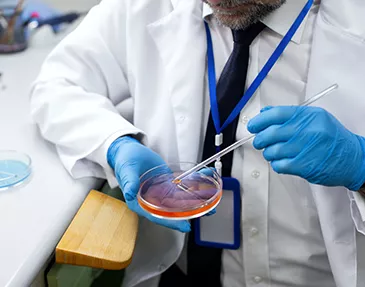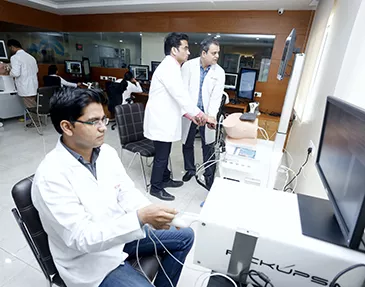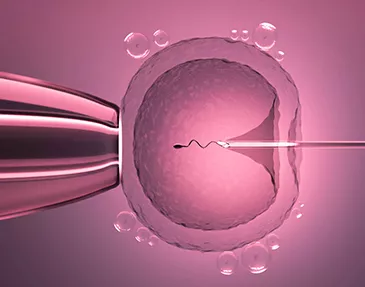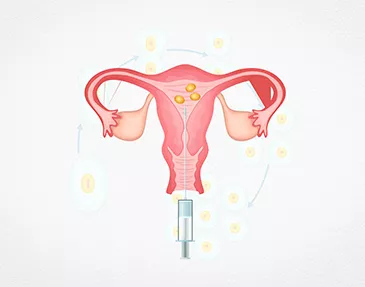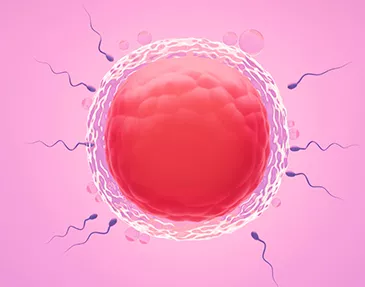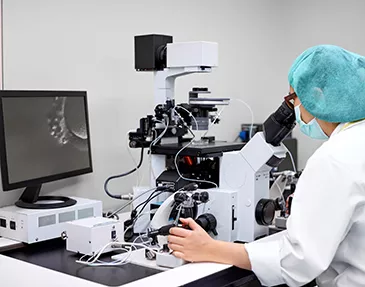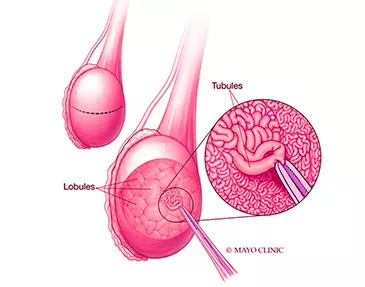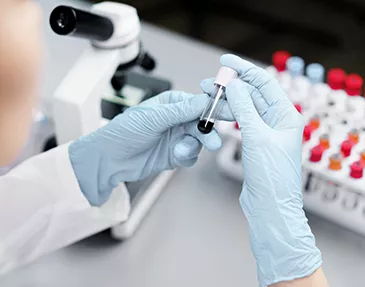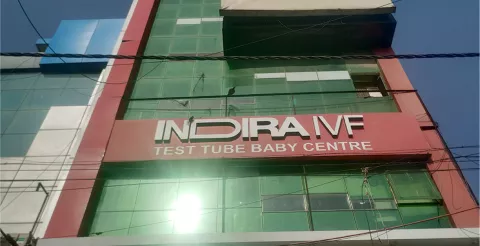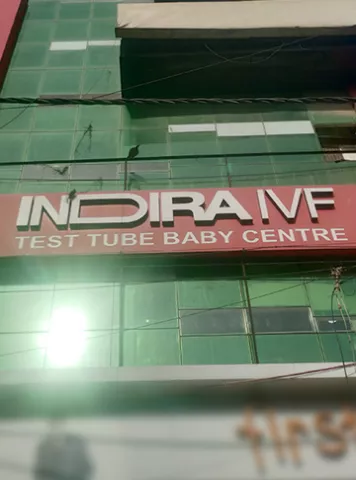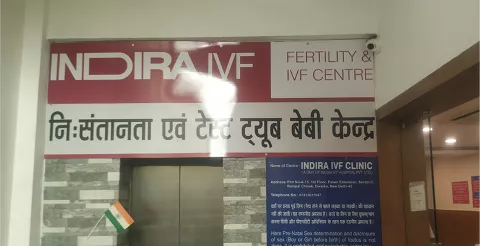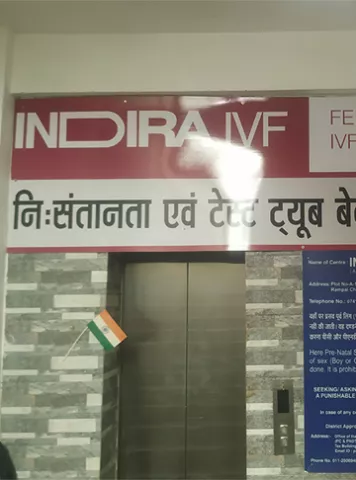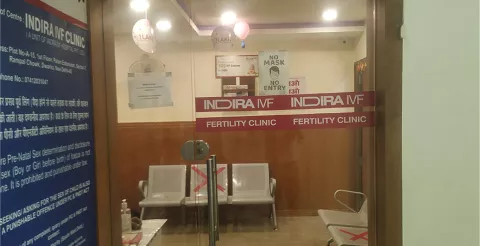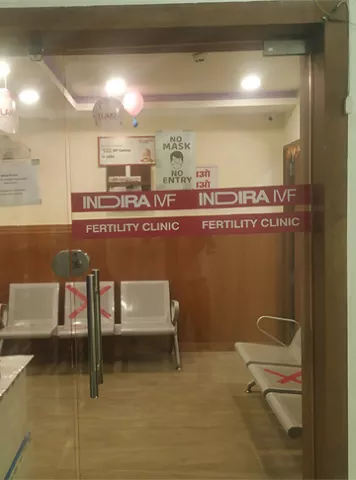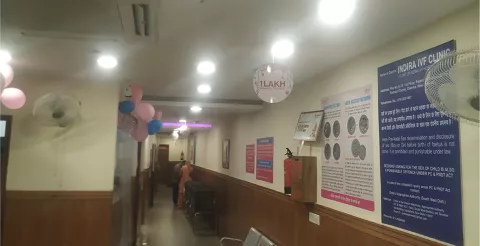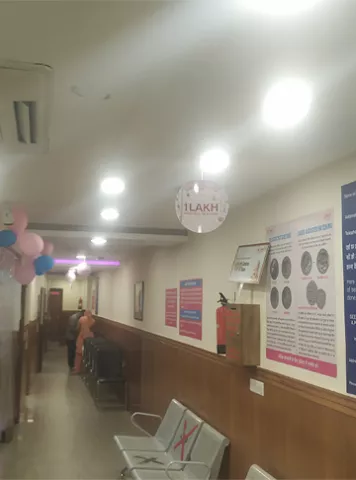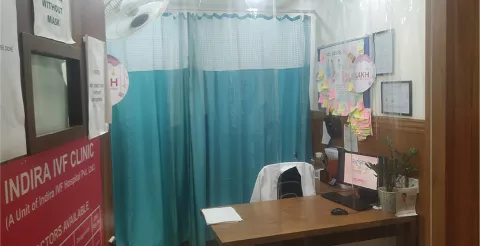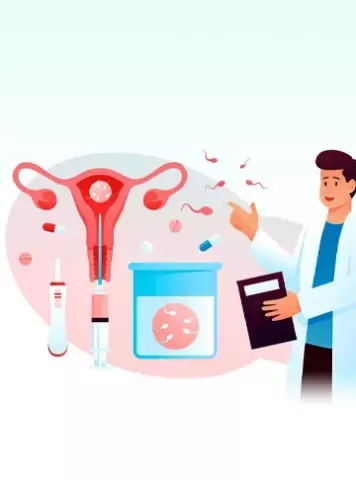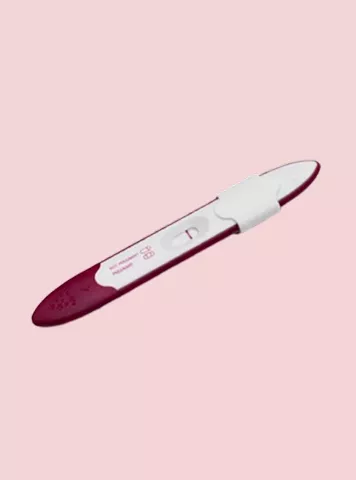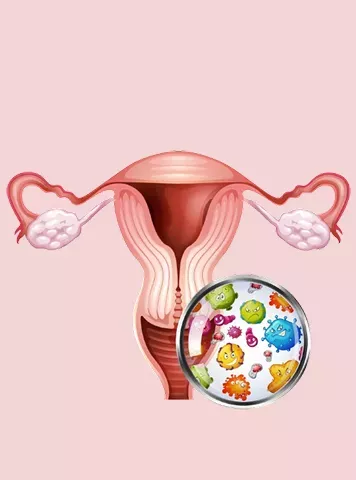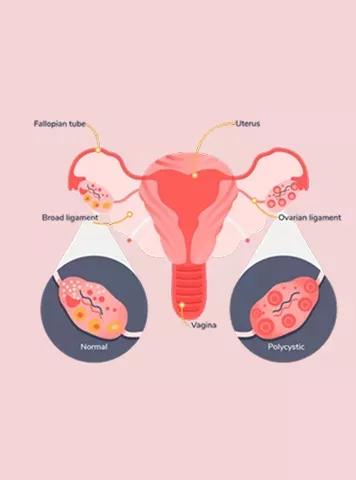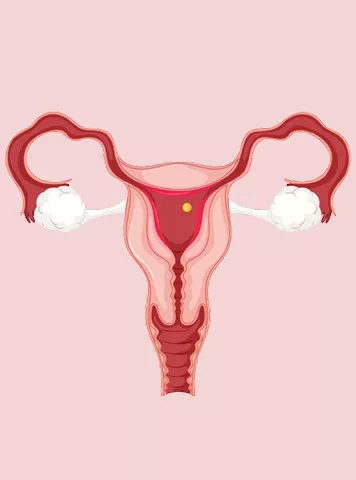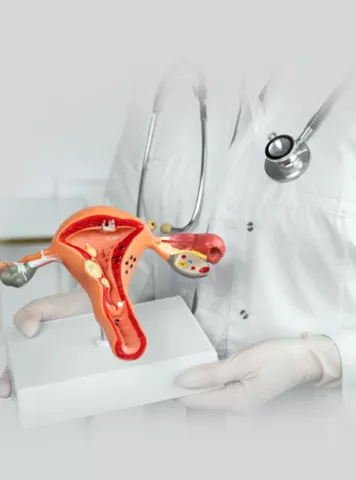Start Your Parenthood Journey with Indira IVF Clinic in Dwarka
Our Fertility Clinics in Dwarka
Meet Our Fertility Specialists in Dwarka
Indira IVF clinic in Dwarka is a multi-speciality centre specialising in infertility treatments, from IVF and IUI to ICSI and many more. With over 1,50,000 couples and individuals in their journey towards parenthood, we have 2700 specialists and the best in ART technology, with guided support till the post-treatment period, allowing our patients to walk out without any fears and stresses about the whole experience. Indira IVF comes with a 40-year experience in giving the best fertility therapy to patients who have had problems with infertility. Indira IVF clinic in Dwarka helps you bring your dream of parenthood to reality. Call us today.
Why Choose Indira IVF for IVF Treatment in Dwarka ?
Choosing the right fertility clinic is one of the most important decisions in your journey to parenthood. At Indira IVF, we are dedicated to providing our patients with accessibility, awareness, and reliability to help them make the best decision. Our IVF clinic in Dwarka offers modern fertility treatments that combine advanced scientific techniques with heartfelt care. Choose Indira IVF to have a right partner on the road ahead.
Indira IVF’s Key Achievements and Network

1.75 lakh+ IVF Pregnancies
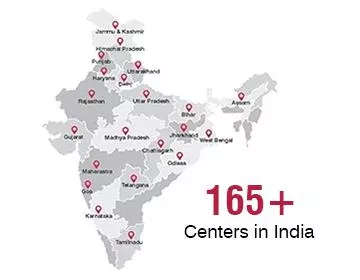
165+ Centers in India

340+ IVF Doctors
Treatments Offered at our Fertility Clinics in Dwarka
Patient Reviews from our IVF Centres in Dwarka
Inside our IVF Clinics in Dwarka
Awards & Recognitions for Indira IVF
-

Best IVF/Fertility Chain of the Year – National
IVF Excellence Awards by Voice of Healthcare, 2024
-

Outstanding Patient-Centric Care in Fertility (Silver)
5th India IVF Summit & Awards, 2024 by IHW Council
-

Outstanding IVF Chain (Gold)
5th India IVF Summit & Awards, 2024 by IHW Council
-

IVF/Fertility Chain of the Year
ET National Fertility Awards, 2024
-

Institutional Excellence in Infertility Treatments & IVF Care (Chain)
BW Healthcare Excellence Awards, 2024
IVF Treatment Cost in Dwarka – Quick Overview
The cost of IVF in Dwarka varies depending on your treatment plan. For detailed pricing and package options
| Top Fertility Treatments | Cost at Indira IVF |
|---|---|
| IVF/ICSI | Starts from ₹1,00,000* per cycle |
| IUI | Starts from ₹5,000** |
*IVF process, Injections, Egg Pickup, Embryo Transfer cost included. Cost of treatment depends on your test reports, type of treatment required, hormonal conditions etc. and may vary from couple to couple.
**Cost of treatment depends on your test reports, type of treatment required, hormonal conditions etc. and may vary from couple to couple.
How to Book an Appointment with Indira IVF Hospital in Dwarka

How to Book an Appointment with Indira IVF Hospital in Dwarka
It is easy and simple to connect with the Indira IVF Clinic in .
- Call : Dial 18003092323.
- Website Inquiry Form : Fill out the form on our website and get a quick call back.
- WhatsApp Chat Option : Click the WhatsApp icon on our website.
Latest Blogs
BMW Reports Click to collapse
| Type of Report | Year | View Report |
|---|---|---|
| BMW Monthly Report | 2025 | Jan 25, Feb 25, March 25, April 25, May 25, June 25, July 25, Aug 25, Sep 25, Oct 25 |
| BMW Annual Report | 2024 | Click here to view |
| BMW Annual Report | 2023 | Click here to view |
| BMW Annual Report | 2022 | Click here to view |
| BMW Annual Report | 2021 | Click here to view |
| BMW Accident Policy | - | Click here to view |






